When we think about cars, our minds often wander to the more prominent features: the sleek exterior, the powerful engine, the plush interiors, and the advanced technology that powers modern vehicles. However, one component that often goes unnoticed yet plays a crucial role in both the functionality and aesthetic appeal of a car is the car door handle. Though small in size, the car door handle is a key part of the user experience and serves as a vital link between the driver, passengers, and the car itself.
While it may seem like a simple part of a car’s design, the door handle serves several critical functions that contribute to both the utility and the visual appeal of the vehicle.
The primary function of a car door handle is to provide an easy way for drivers and passengers to open and close the car doors. Whether you are entering or exiting the vehicle, a well-designed handle ensures that this task is effortless. The ergonomics of a door handle, such as its position and grip, play an essential role in ensuring comfort and ease of use.
Car door handles are also integral to the vehicle’s security system. They are often connected to the locking mechanism, allowing passengers to lock and unlock doors with a simple pull or push of the handle. Some advanced door handles feature integrated sensors or smart technologies that detect the presence of the key fob or fingerprint, adding a layer of security and convenience.
While car door handles serve a practical function, they also contribute to the overall aesthetics of the vehicle. The design, finish, and material of the handle can enhance the visual appeal of the car, complementing the overall exterior design. In luxury cars, door handles are often crafted from high-end materials like chrome, brushed metal, or even carbon fiber, creating a sleek and sophisticated look.
Car door handles are designed to withstand various weather conditions, ensuring they function properly even in extreme temperatures. Materials used for the handle must be durable and resistant to corrosion, rust, or fading from exposure to sunlight. This makes them a vital part of the vehicle's longevity, ensuring the doors continue to function smoothly throughout the car’s life.
In addition to their security functions, door handles play a role in the overall safety of the vehicle. For example, some car handles are designed to minimize injury risk by using rounded edges or breakaway mechanisms that allow the handle to collapse in case of an accident. In some cases, handles are designed to reduce the risk of entrapment or jamming, particularly in the event of a crash or during child safety lock activation.

Car door handles come in a variety of designs, each offering different functional and aesthetic advantages. The evolution of these handles has been influenced by advancements in technology, automotive trends, and user needs. Here are some of the most common types:
The traditional pull handle is the most common and recognizable type of car door handle. It typically consists of a lever or loop that you pull to open the door. These handles are simple, cost-effective, and easy to use. They are still widely used in everyday vehicles due to their practicality and reliability.
Flush door handles have become a trend in modern, luxury, and electric vehicles. These handles are designed to sit flush against the body of the vehicle when not in use, providing a streamlined, aerodynamic appearance. To access the handle, the driver or passenger presses a button, and the handle pops out, making it accessible. This type of handle is particularly popular in high-end cars because of its sleek, futuristic look.
With the rise of smart technology, some cars now feature touch-sensitive door handles. These handles can detect the presence of a person’s hand or key fob and respond accordingly. By simply touching or pressing the handle, the car’s door will unlock automatically, enhancing convenience and security. These handles are commonly found in luxury and high-tech vehicles and provide a seamless, keyless entry experience.
Motorized handles are often found in premium and electric vehicles. These handles use motors to automatically open or close the door when activated. With a simple press of a button or touch, the handle deploys, and the door can be opened with minimal effort. Motorized door handles also allow for features like soft-close mechanisms, reducing the risk of slamming the door.
In vehicles with advanced security features, door handles often integrate a smart locking system. These handles may feature biometric sensors, such as fingerprint scanners, or RFID technology that allows the car to recognize the driver’s unique credentials, such as a key fob or smartphone. With integrated smart lock handles, you can unlock your car door without ever having to remove your key from your pocket or bag.
While still relatively common in older car models, lever handles are a more traditional design that involves a long lever which you pull outward to open the door. These types of handles are found in some budget or classic vehicles and are easy to use but may not have the modern features found in newer designs.
As the automotive industry continues to innovate, car door handles are evolving to meet the needs of modern consumers. Here are some innovations to look out for:
Some vehicle manufacturers are exploring gesture-control technology for car door handles. This innovative system uses sensors and cameras to detect specific hand motions or gestures, allowing the user to open the door without physical contact with the handle. This can be particularly useful in situations where your hands are full or dirty, offering a hands-free solution for door access.
With sustainability becoming a driving force in the automotive industry, solar-powered door handles are emerging as a way to harness renewable energy. These handles collect sunlight and use it to power small components like sensors or the unlocking mechanism, reducing the vehicle’s reliance on battery power and improving energy efficiency.
For vehicles with an emphasis on privacy and security, hidden or concealed door handles are being developed. These handles remain hidden within the body of the vehicle and can only be revealed through a specific motion or command, preventing unauthorized access or tampering.


 English
English Español
Español
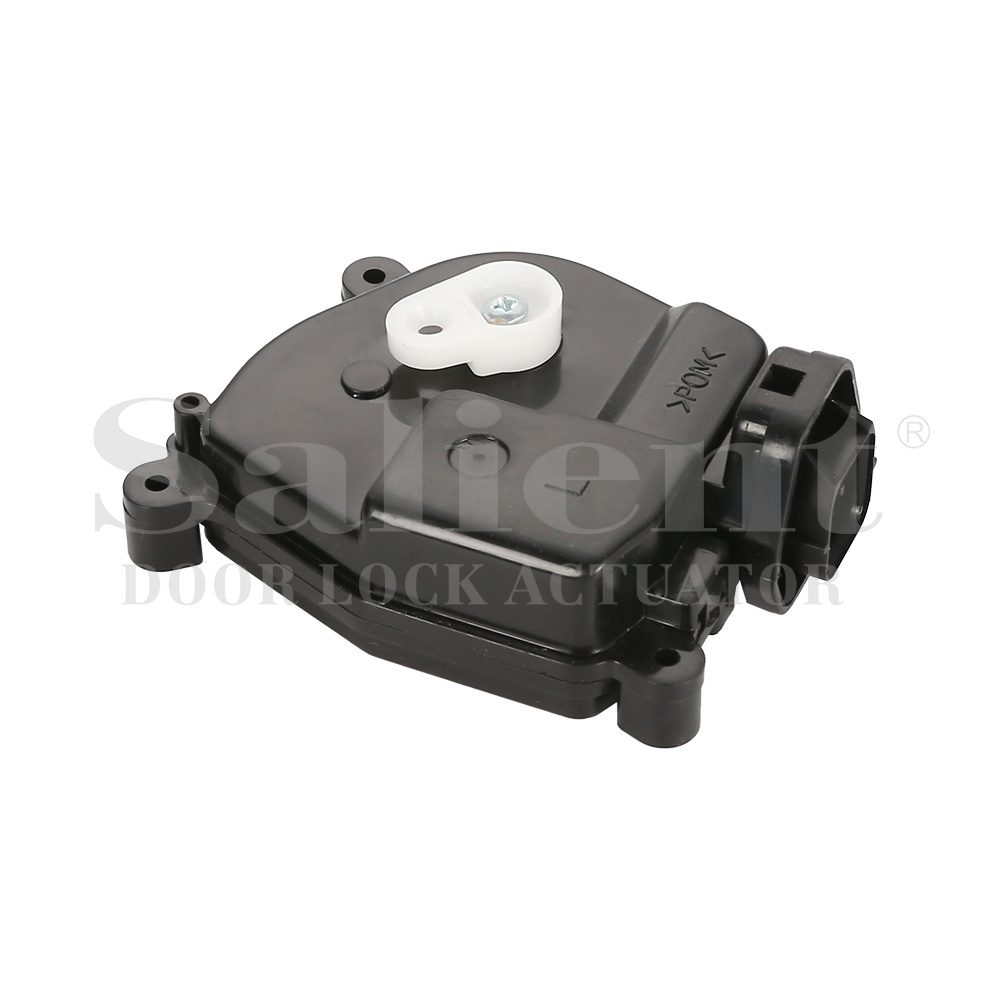
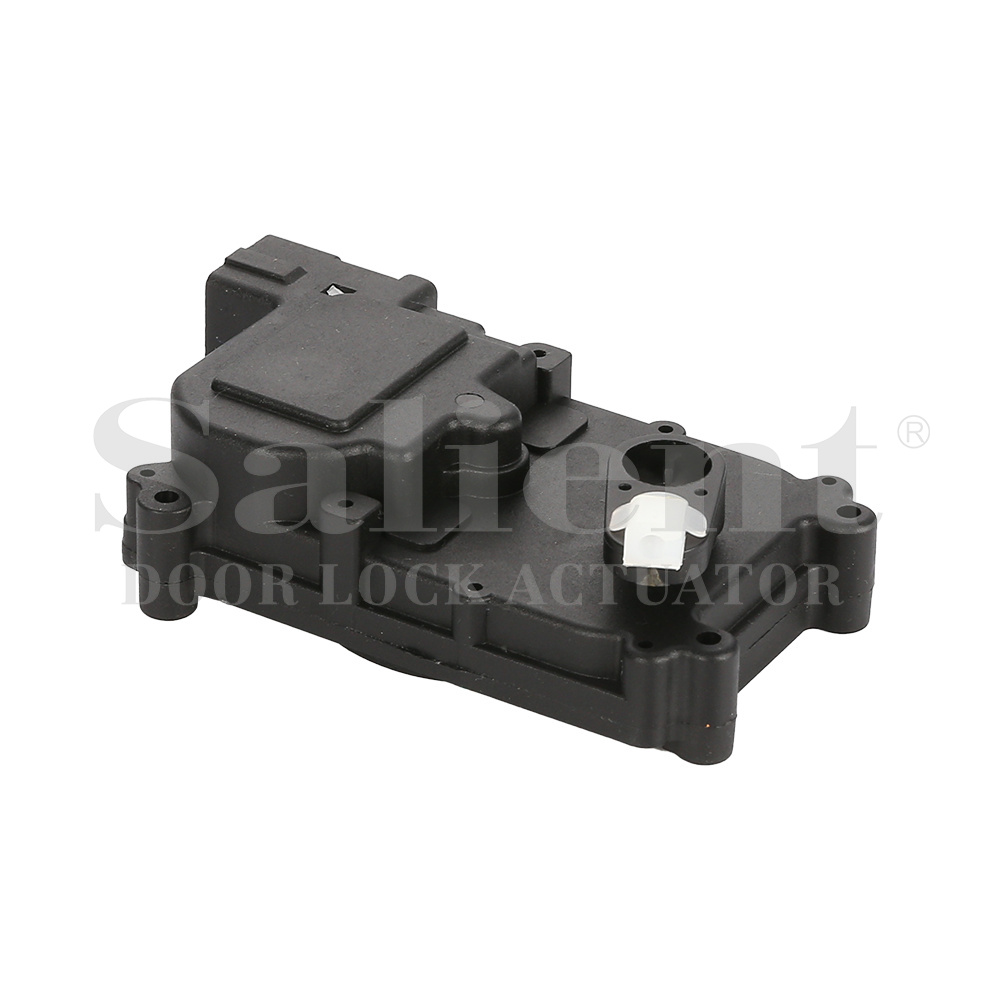
.jpg)
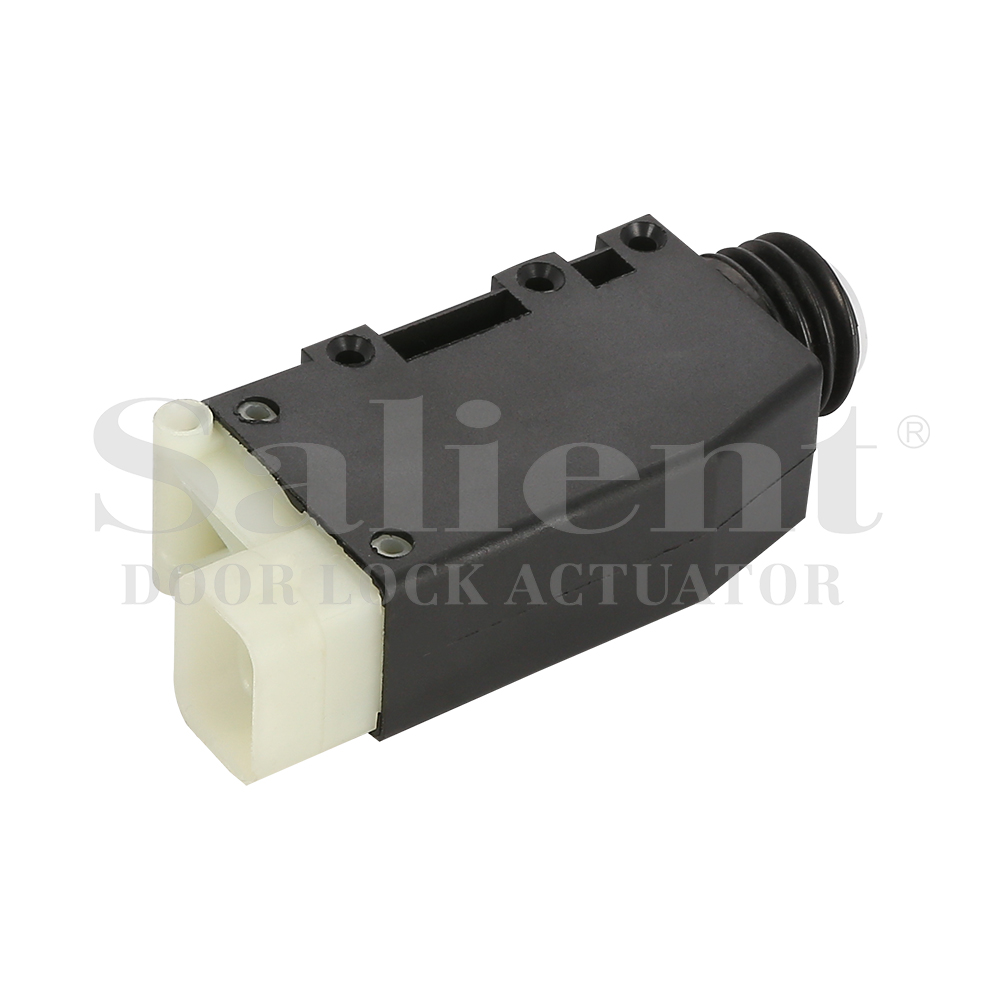
-1.jpg)
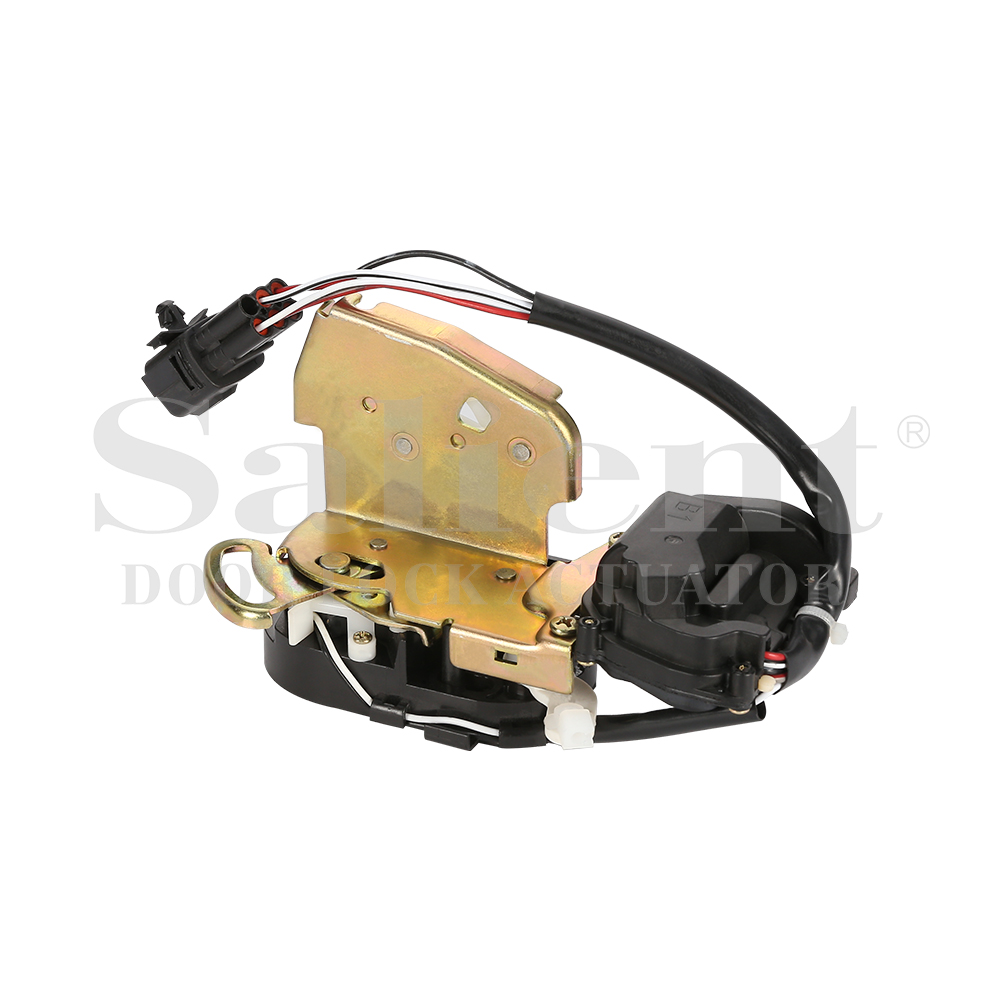
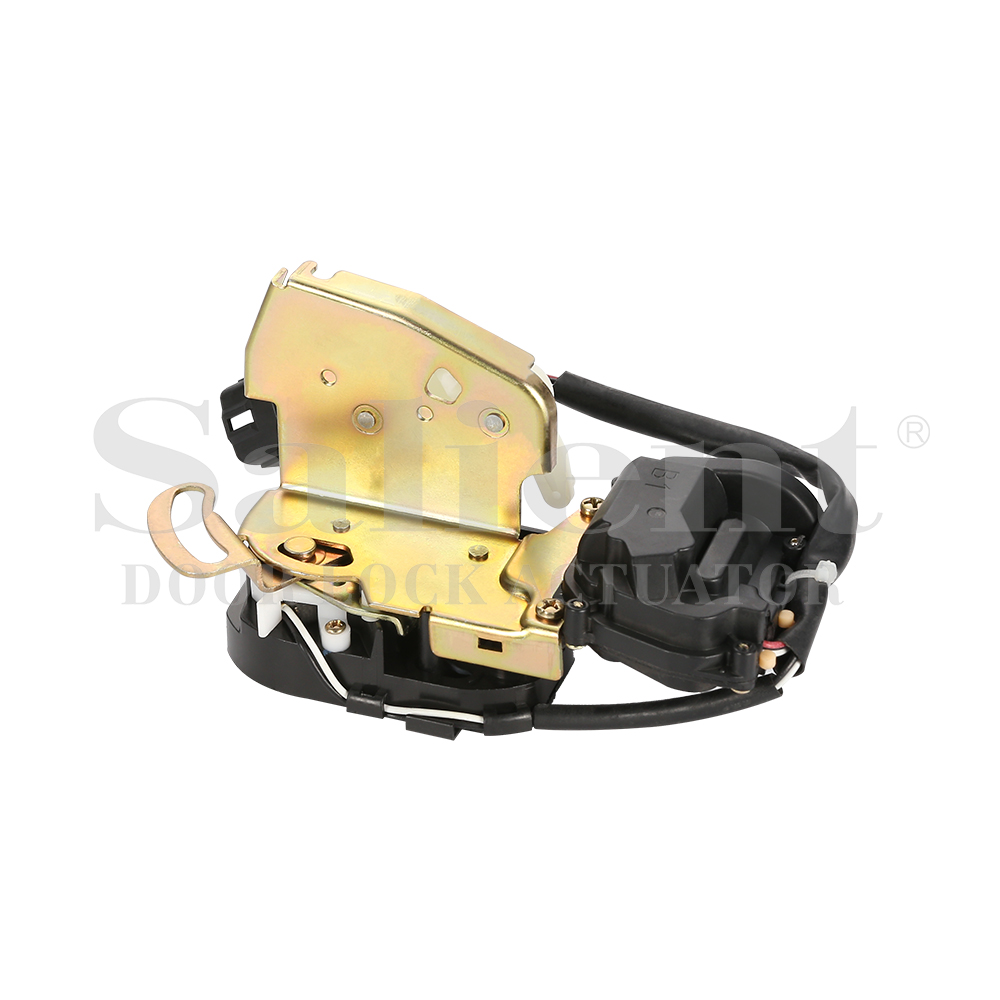
.jpg)
.jpg)
.jpg)
.jpg)
.jpg)

